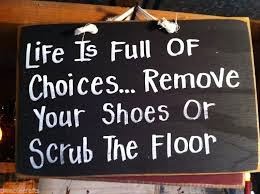I decided on a walk-about through Nordhavn (North Harbour) today. This harbour area at the coast of Øresund was founded at the end of the 19th century in Copenhagen. Today, most of Copenhagen Harbour's traditional activities are situated in Nordhavn.
 |
| The snow-covered railroad (in front) made me think of a typical Siberian movie-scene. On the right-hand side, a small area is not yet frozen and the birds all gathered there. |
I was surprised that a huge part of the harbor was frozen. The fresh water lake near my home is frozen for the past 2 weeks now, but seawater only freezes at about -1.9 degrees Celsius, because of the salt in it.
De-icing - the removal of existing snow, ice or frost from a sidewalks, cycle-lanes and roads is a common sight during the winter-months in Denmark. De-icing includes both mechanical means (plowing or scraping) or chemical application of salt, as a ice melting chemical.
A 10-percent salt solution freezes at -6 C) and a 20-percent solution freezes at -16 C. On a roadway, this means that if you sprinkle salt on the ice, you can melt it. The salt dissolves into the liquid water in the ice and lowers its freezing point.
The salt on the walkways, leaves the shoes and floors with white stains. Especially on shoes, the salt can be quite damaging and need to be removed and treated with a leather conditioner. If you let salt stains build up, your boots won't last you through the winter.
Please remove your shoes, or . . . scrub the floors!
The Danes remove their shoes before they enter residential buildings, and then move around with just their socks on or with indoor shoes, like slippers or woolfers. Guests are provided with soft-sole comfies.
Travel snack:
One crispy and thinly-rolled cinnamon-pastry . . .
with extra cinnamon, please!




